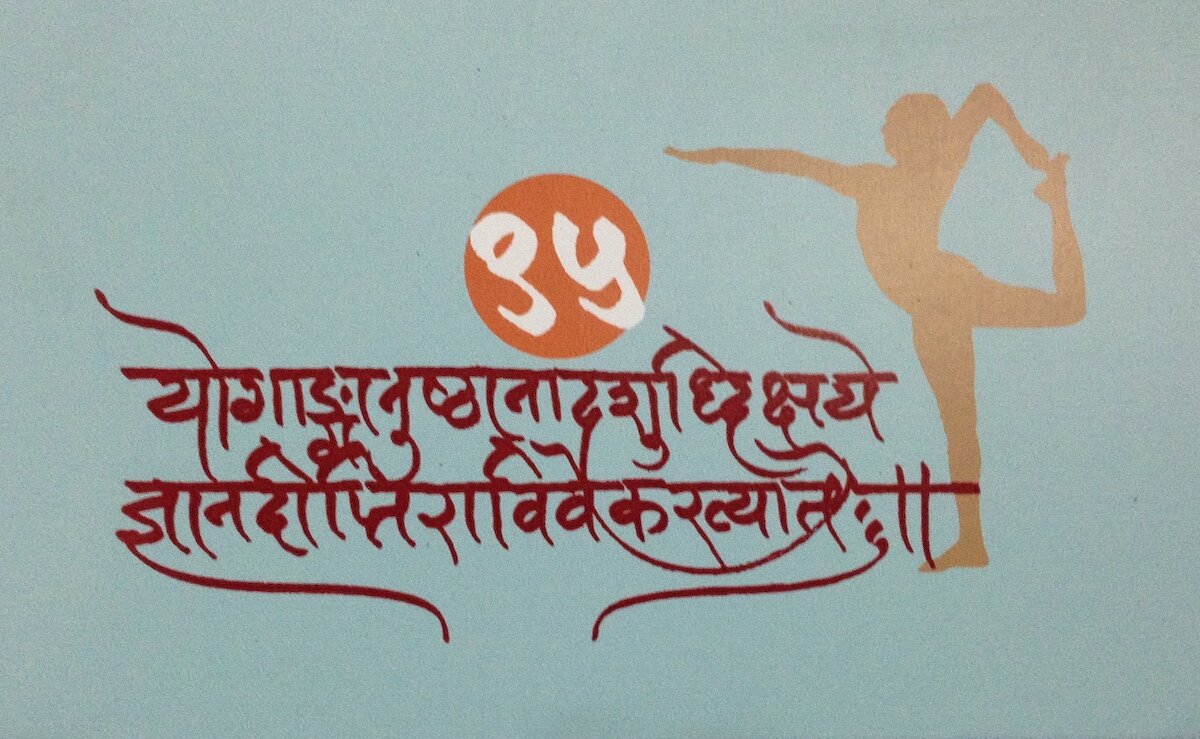Reflections from B.K.S. Iyengar’s 95th Birthday Month
I traveled to Pune, India for study at RIMYI, December 2013 – B.K.S. Iyenar’s 95th Birthday month. Upon return, I shared with students and friends the following reflections and snippets from my time there.
Dear all,
Humbling and Inspiring
The teachings and imprints from one month of study at the Ramamani Iyengar Memorial Yoga Institute (RIMYI) in Pune, India are still fresh, the depth and width of which I will only come to realize as my practice continues. It will take time to digest - to penetrate, percolate, sift, and filter through the teachings through my practice. Our system is based upon keen observation and experience. Words are only indicators. Practice goes beyond words. Practice reveals. Practice can transform.
While in Pune, I go into low-distraction-mode - sleep, pranayama, class, practice, friends, coffee, assist medical, observe class, study, and back to sleep - and remain open to what the day may bring in the rhythm of the Institute. Each of these extended-study trips provide an extraordinary experience - a unique, intricate web of study, practice, and teachings from Guruji, Geetaji, and Prashantji. This particular December was no exception, as it also held the anticipation and celebration of B.K.S. Iyengar's 95th Birthday.
Leading up to the birthday celebration, Geetaji, Geeta S. Iyengar, surprised us by teaching a 5-day pranayama intensive, “On Pranayama”, at the Institute. Participation was for Indian teachers, but others were graciously provided access to the teachings via closed circuit television in the upstairs asana hall. Throughout the intensive Geetaji conveyed the sequence of learning, and therefore, of teaching. She explained how to develop sensitivity, to experience and understand the method. She pointed out that her own learning was based upon her keen observation of Guruji, and she emphasized the importance of this skill by saying if we are not watching, not observing while we practice, then we are not doing Iyengar yoga.
The day following the birthday celebration, Geetaji continued her ongoing Bhagavad Gita lecture series with Chapter 12 - The Yoga of Devotion. Here she observed and marked the appropriateness of this particular chapter as it followed Guruji's birthday. She then proceeded to beautifully summarize the chapter and skillfully weave in the Yoga Sutras as she has done throughout the series. The relevance of the qualities of a yogi discussed in the chapter to B.K.S. Iyengar's own exemplary life was striking.
Attentive Devotional Practice
The theme of the birthday was yoganganusthana from the Yoga Sutras of Patanjali.
2.28 - yoganganusthanat asuddhiksaye jnanadiptih avivekakyateh,
"By dedicated practice of the various aspects of yoga impurities are destroyed; the crown of wisdom radiates in glory." – B.K.S. Iyengar, Light on the Yoga Sutras of Patanjali
Compare this to a later translation from Guruji:
"By attentive devotional practice of all eight aspects of yoga, the impurities of body, mind and intelligence are eradicated and the essence of knowledge and wisdom radiates throughout life." – B.K.S. Iyengar, Core of the Yoga Sutras
Dedicated practice. Attentive devotional practice. yoganganusthana.
In his commentary in Light on the Yoga Sutras of Patanjali, Guruji explains that in this sutra Patanjali has used the word anusthana instead of the usual word abhyasa (repeated practice). He explains that while abhyasa brings stability, anusthana develops maturity of intelligence. He concludes his commentary on this sutra with, "Yoga can cure or lessen our physical, mental, moral and spiritual sufferings. Perfection and success are certain only if one practices with love and whole-hearted dedication."
Beauty, Knowledge, Serenity
The birthday celebration was held at Govinda Gardens with students offering chanting and words of gratitude. Guruji followed with a heart-felt acknowledgement and then proceeded to give a message to us all. In that message, he coins beauty, knowledge, and serenity as marking his own transformation in the eyes of the public. For our practice, he requested that when we are practicing, we should not think of the extension and expansion of the body, but the extension and expansion of our intelligence and consciousness.
In past years, Guruji would receive the good-wishes of each and everyone who had come to celebrate, one by one. This year the plan was for him to acknowledge everyone as a group from the stage. As this became evident to the crowd who wanted to individually express their birthday wishes, Guruji tenderly transformed their emotional unease into a beautiful moment of connection:
"I revere you, therefore you need not come each individually to express your reverence.
I love you all, I've got reverence to you all as you have reverence to me.
As you are devoted to me, I am also devoted to you.
So please accept all, at this single moment, that I and you are all one..."
Flow of Intelligence
During the morning practice, Guruji inevitably pauses his own practice to teach. While these teachings are usually directed to his granddaughter, Abhijata, or a visiting or local senior teacher, interested practitioners gather close to listen, watch, learn - and then, do. A master of interaction and teaching, Guruji generously shapes and transforms these interactions into teaching pearls, guiding inquiry in the asana with prompts for the faculties of attention, awareness, and intelligence. He guides how to study, how to learn - sharing insights into some the methods and techniques he has used throughout the decades to propel his own practice and understanding to its zenith, viveka-khyati. A hallmark of his teaching is to hone in on an aspect of the microcosm and yet provide context within the macrocosm. His mastery of the subject as a whole shines in these moments - art, science, and philosophy are interwoven and skillfully presented for all to catch.
So many poignant moments and teachings surfaced from these precious interactions. There was the quick, comparative study of various asana wherein we were prompted to note particular qualities or signature aspects of the asana. Then the subsequent culmination wherein the presentation of one asana was enhanced by the inclusion of signature aspects from one or more other asana. He emphasized and reminded us all that the simple asana must be understood thoroughly to carry forth to the advanced asana. He instantly and clearly pointed out our mistakes or lack of understanding, and then compassionately proceeded to correct and illumine. Other times he revealed the subtle aspects of an asana which had a profound affect on the basic body.
His teachings almost always intertwine practical aspects of asana and elucidation of the yoga sutras. In a flash while observing a student think on an answer to one of his questions about the asana she had just come out of, he said "Do not think about the asana, study the flow of intelligence." He challenged us to perform asana with no breaks or interrupts in the flow of intelligence - vivekanimnam. A common theme was emerging, wherein he prompted us to expand and extend the intelligence.
Fund of Experience
At another juncture during practice, Guruji was teaching the intricacies of Lolasana so swiftly and effectively that we were awestruck. Our attempts at incorporating these actions dramatically improved our poses and sparked understanding. Abhijata asked Guruji how he was remembering all of these things, to which he responded that he was not "remembering", that this did not have to do with memory. He quizzed us by asking what is the definition of memory according to Patanjali. As we flipped through the mental pages of Samadhi Pada to the vrttis, Guruji was ahead of us. He referred to smrti parisuddhau from Sutra 1.43 and then proceeded to contrast his use of memory with ours.
1.43 smrti parisuddhau svarupasunya iva arthamatranirbhasa nirvitarka
“In Nirvitarka samapatti, the difference between memory and intellectual illumination is disclosed; memory is cleansed and consciousness shines without reflection." – B.K.S. Iyengar, Light on the Yoga Sutras of Patanjali
In his commentary on this sutra, he writes, "Memory is the recollection of past thoughts and experiences. It is the storehouse of past impressions. Its knowledge is reflected knowledge. The sadhaka should be aware that memory has tremendous impact on intelligence. By perseverance in yoga practices and persistent self-discipline, new experiences surface. These new experiences, free from the memories of the past, are fresh, direct and subjective; they expunge what is remembered. Then memory ceases to function as a separate entity. It either merges with consciousness or takes a back seat, giving predominance to new experiences and bringing clarity in intelligence. For the average person, memory is a past mind. For the enlightened man, memory is a present mind... Even for the unripe mind, there is a right and wrong use of memory. It is not for recollecting pleasure, but for establishing a fund as a basis for further correct action and perception."
We are all immensely fortunate to be the beneficiaries of this man's lifetime of hard work, experiment, experience, and generosity.
In You and Me
On a Sunday afternoon, as a dear friend and I were stepping out of a rickshaw in front of the Ganapti Mandir in Pune, a local man approached us. He smiled, and said, "All gods the same," then gesturing to his chest, "in you and me." He then climbed the steps and disappeared into the temple.
Practice, my friends!
Brian
www.iybrian.com






